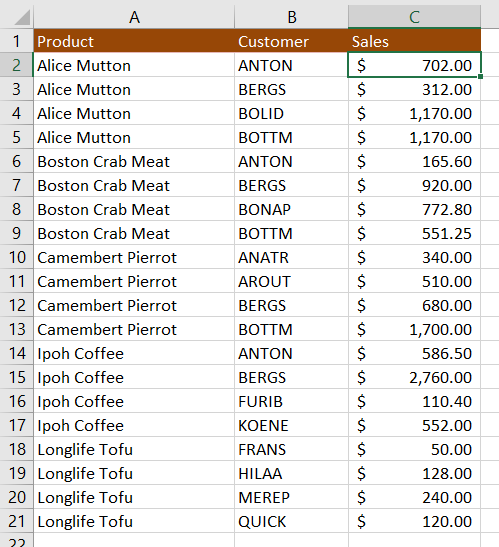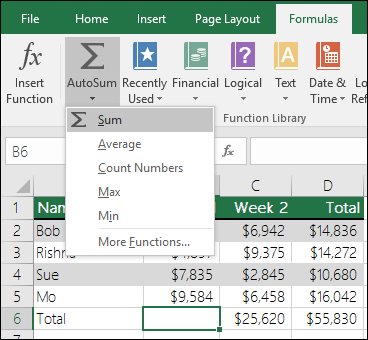

In the Refers to box type the following text and We can easily determine a dynamic starting cell reference using the rows and cols arguments to find the starting cell for the range. =CELL(“filename”,A1) This formula will retrieve the file path for your workbook. Even we can link a pivot table filter range to the chart title.You can always click on the arrow in the name box to see a list of all cell names and tables.If I renamed Column1 to Sales the formula would become: =COUNT(Table1) into a cell, worksheet's header or footer as you need. The string must either be in the usual A1-Style column letter & row number (M37) or in R1C1-style (R37C13).
#How to sum a column in excel with condition how to
How to do Dynamic Reference of Table Name Setting up the Data.

In the Refers to box type the following text and The biggest benefit to OFFSET is that it only takes one formula to return a reference to a single cell, column, row, or table. In the upper left portion of the Excel environment is a small box which contains the cell name of the selected cell. For example, instead of using a cell range reference such as F2:F52 in a formula, you can refer to the cell range as Sales (the table column name). Select a cell in your table Learn how to use Excel Tables Structured References in this tutorial. Use the INDIRECT Function to create a cell reference from text. Excel will highlight the referenced table cells: Table name. Type an equal sign and the UDF name, followed by an opening bracket: =getObjName (. You can type the refernce directly, but usually you will reference cells which define the rows and columns.

Microsoft Excel Create An Automated List Of Worksheet Names Journal Of Accountancy Or you can follow these steps. net/youtubeSmart Resources for Power Using structured references with Excel tables. The function Sumifs can often be implemented with an and condition in the case expression.Excel reference table name from cell Excel includes a feature, called “Names”, that can make your formulas more readable and less confusing. Sumif over multiple columns is done as the sum of one count function per column: Excel: =SUMIF( Ax: Cy, 42) SQL: suM(CASE WHEN A LIKE 'Marvin%' THEN B END) The like operator uses underscore ( _) as a wildcard for a single character and the percent sign ( %) as the wildcard for any number of characters-like ? and * in Excels sumif. To use wildcards in SQL, you have to use the like operator. Unlike the Excel sumif function, SQL does not apply wildcard matches when comparing strings with the equals sign ( =). PostgreSQL, the Oracle database and SQLite do-per default-take case differences into account. Even the default varies between database products: MySQL, MariaDB and SQL Server perform case-insensitive comparisons by default. Whether or not SQL text comparisons ignore case differences depends on the so-called collation. SQL: SUM(CASE WHEN A = 'Marvin' THEN B END) Text values, however, must be put under single quotes 0: Excel: =SUMIF( Ax:Ay, "Marvin", Bx:By) This allows you to do the same thing as the third argument of the sumif function. The case expression accepts different values in the when and then branches. The condition is not put under quotes-not even when using a comparison operator: Excel: =SUMIF(Ax:Ay, "> 42") The column is explicitly used in the that is put into the case expression. The the group by and over clauses specify the rows.

In SQL, the picking the rows is separate from the picking of the columns. In Excel, the defines arbitrary cells-Ax:Ay in the following examples. The same behavior can be obtained in SQL by using a case expression inside the sum function: SQL: SUM(CASE WHEN THEN END) The Microsoft Excel function sumif adds up cells that satisfy a condition: Excel: =SUMIF(, )


 0 kommentar(er)
0 kommentar(er)
